How you consume books as a reader impacts how you are publishing and marketing your own indie books. That's inevitable as we all exist inside our own worldview, so we assume that everyone else behaves the same way.
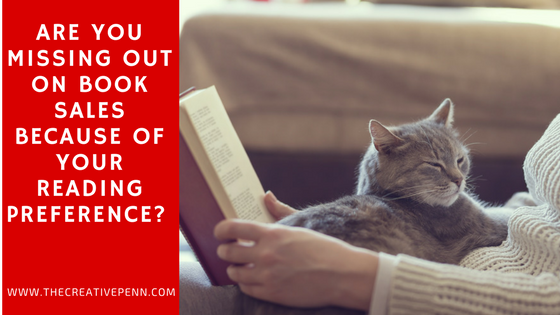
What opportunities are you leaving behind because you have a blind spot for how others read?
I spent last week at the Oregon Coast Business Masterclass with Kristine Kathryn Rusch and Dean Wesley Smith and as part of the (many) useful business sessions, we discovered how differently people read.
Last year, I moved into IngramSpark and am doing more print because of this realization. I was ignoring print (beyond Createspace POD) because I don't really read print and Dean hadn't considered hardbacks for non-fiction because he didn't see that as something people wanted.
So here's how I read/buy/borrow/listen to books right now. I'd love to know how you read, so please do put a comment at the bottom of the article so we can see how differently we consume books.
I primarily read ebooks on my iPhone Kindle app by day and Paperwhite by night
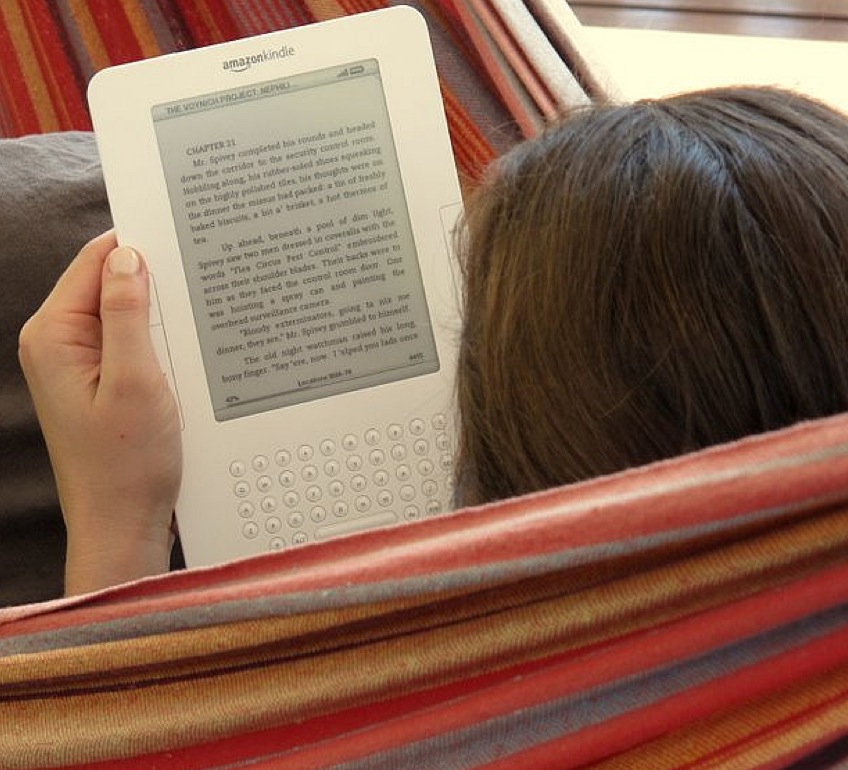
I only buy ebooks from Amazon Kindle. I was one of the first people to get a Kindle device in Australia in 2009 and became locked into the eco-system (happily as a reader) because ebooks were a third of print prices.
There was no iBooks and no Kobo at that point in the market, so as the first mover, they got me early. You can see this happening with how Amazon is aggressively moving into India as well as the Middle East.
I have rarely read fiction in print since and now I turn down fiction in print because I don't like the format.
There was a comment in the group about the benefit of keeping a To Read pile in print because it reminds you to read something over time. But that works exactly the same for me with ebooks.
I have around 80-100 samples (or KU books) on my Paperwhite/app at any one time. In my reading time, I will scroll through my samples and dip into what catches my eye from my reading list. I often ‘buy' the same thing twice and it means it will jump to the front of my queue. Here's why sampling means your first few pages are so important.
I am a Kindle Unlimited subscriber and borrow books
This is a separate subscription to Amazon Prime. I borrow my maximum 10 books at a time. This is often indie non-fiction or new fiction authors I want to try out without taking a risk on.
For fiction authors who are not in KU, I will try a sample. If they are KU, I just get the whole thing. I have discovered new authors this way for fiction and non-fiction and have gone on to buy non-fiction in print or audio this way too.
I will not buy a novel from an author who is not already trusted. I will either download a sample or borrow it. I understand as a reader that KU is a library so if I want the book, I need to buy it physically, which I sometimes do.
I am an Amazon Prime member for the free shipping of print books
We also watch Amazon Video along with Netflix and BBC iPlayer. We only watch streaming TV and film and Amazon stole us from iTunes, where we used to buy films. I never use my free Prime ebooks, preferring to use KU or buys.
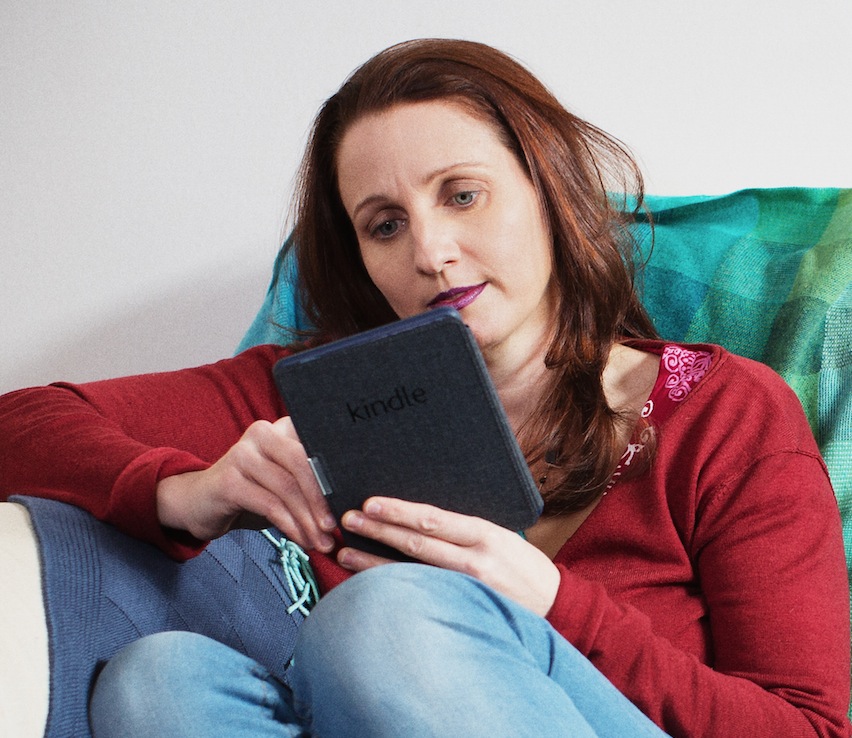
I buy non-fiction paperbacks and hardbacks I want through Amazon – usually with free Prime shipping.
These are usually beautiful hardback expensive books for my personal (very small) print library, mainly image based, around travel, graveyards and death culture e.g. I have behemoth books like The Red Book by Carl Jung with paintings in.
I also have business related non-fiction for reference, like Kris's contracts book and the one on Goals.
I buy non-fiction, gift books and books for kids (also gifts) in my local physical bookstores in order to support independents locally.
I do this every week or two, spending usually £50 a time. I also note down any fiction I see and get a sample on Amazon later – hence why I support them also by buying 🙂
I am an Audible subscriber
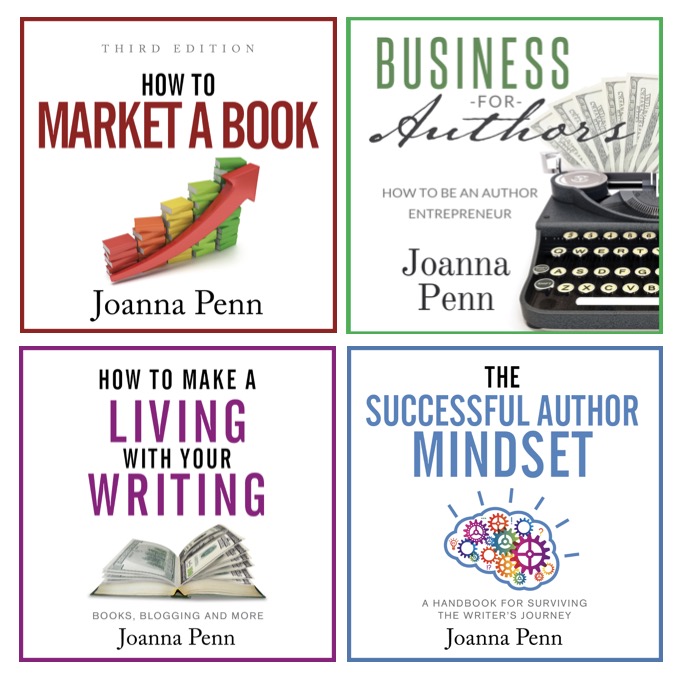
I listen to one non-fiction audiobook per month. If I find it useful, I will often buy the hardback and ebook versions as well as I consume these more than once and have them for reference. I also buy extra non-fiction audiobooks if I really want something.
I only buy hardback fiction at conventions to get autographs of fiction authors I love (very few of them)
Then I will rip out the signed page and stick that in my journal and leave the print book in the room as I will have already read it on ebook. (That probably horrifies you but we live a location-independent lifestyle and have a 1-bed apartment and I don't read print anyway!)
I am a voracious reader
Books are my main outgoing for entertainment and education, and I read around 150-200 per year, as well as buying for gifts and promo copies of my own books.
Book discoverability. How I find books as a reader
For fiction, I discover books by:
- Browsing categories I read on Amazon and filtering by Last 30 Days to find new books. If I find a cover & title I like, then I download a sample, or borrow on KU. I will also surf the also-boughts, drilling down multiple levels into books to find others I might like
- Emails from Amazon recommending books I might like
- Checking on my favorite authors and pre-ordering. I have 5-8 authors I will pre-order fiction from who I started reading years ago e.g. James Rollins, Daniel Silva, Dan Brown, John Connolly – and other books I love here.
- Physical discovery in bookstores and at conventions
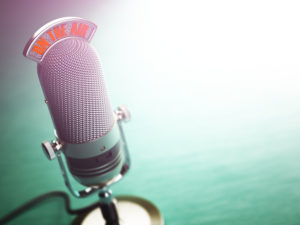
- Podcast recommendations and interviews. This is by far my biggest discovery for non-fiction now. If I want to learn about a topic, then I go looking for podcast episodes on it, then I will buy the book from the interview. I will often buy in multiple formats – ebook, audiobook, and print for reference.
- Searching for a topic I want to learn about on Amazon e.g. investments
- Social media recommendations/discovery. If I see a tweet from someone interesting and then I see they have a book, I will sample that. I will also get samples of people I follow on
So that's how I read and discover books. Will I find your books as a reader?
Please leave a comment below about how you read and discover books, or any questions, and join the conversation.
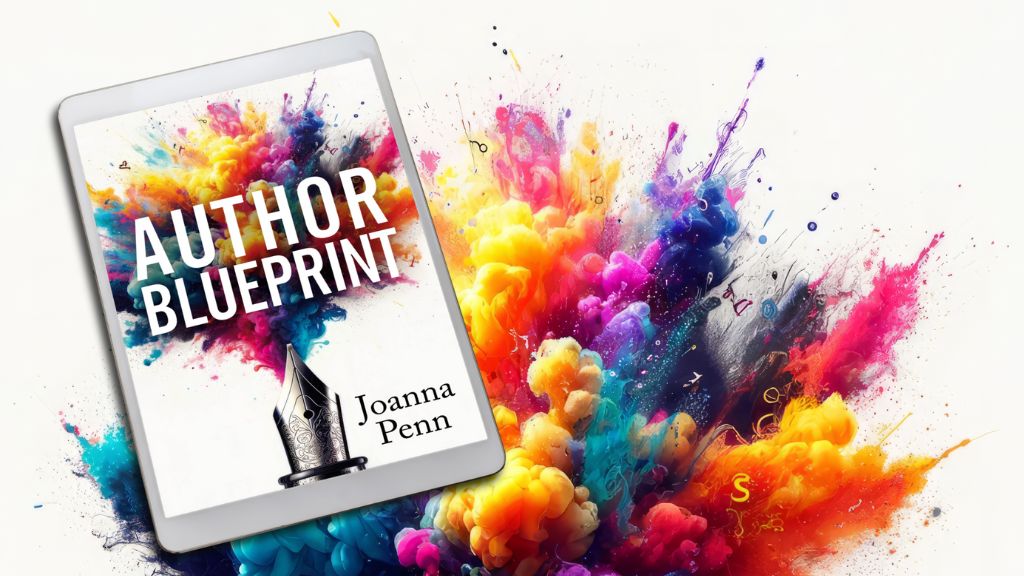
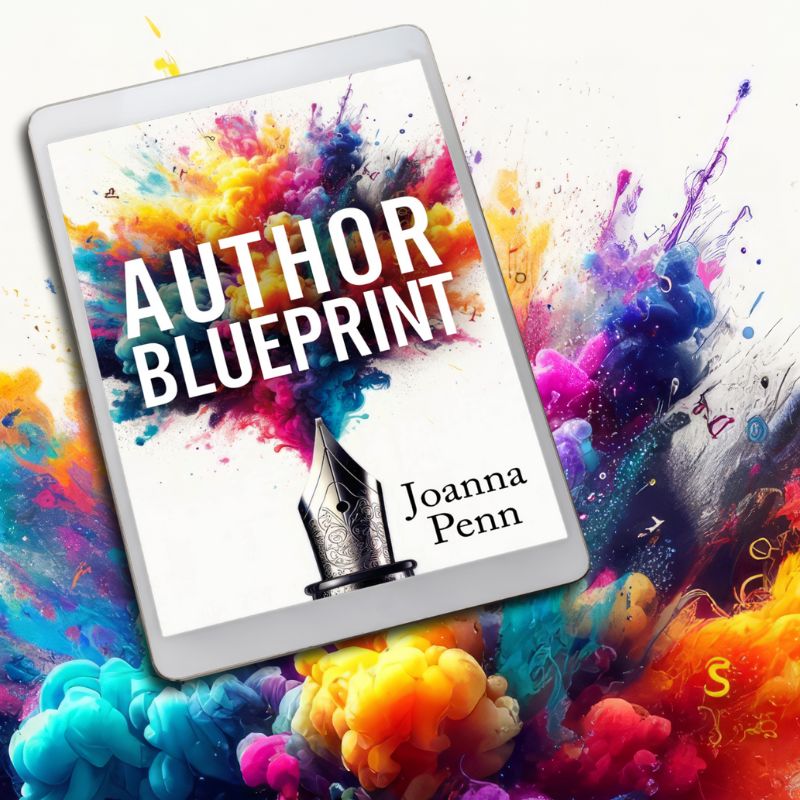
While I always enjoyed paperback or hardcover books, reading on my Nook is much easier on my eyes. It allows me to change font size and screen brightness. I am also reading more since I received the Nook e-reader. I have also downloaded the Kindle app as some authors only offer their books on Amazon.
Thanks Darlene, and I also found I read a LOT more when I moved to e-reading.
Yes, you will Joanna! I have all five of my books currently in the KU program and that is where I see most of my income right now (although I’ve just started marketing – less than two months under my belt after writing and publishing for 9 years)
Unlike you, I prefer print books. I find the Kindle confusing and hard to navigate although I do have a paperwhite. I have two of your books in print and prefer it that way. Recently I bit the bullet and bought your Canadian guest’s non-fiction book for $20 instead of the cheaper Kindle version.
I never have tried the sample pages that you mention. I am also not as prolific a reader as I once was. I manage about 20 minutes a day most days.
I also am an Amazon Prime member.
Thanks so much for the article, 99% of what I see from you applies to me and it is very encouraging and exciting to read and listen to!
I find books in a similar manner and use samples as placeholders. I tend to prefer OverDrive for audio books, I use KU over buying (especially if it’s over 99 cents), and BookBub often convinces me to get books — sometimes ebook copies of books I have in paperback. On Prime Day e-books were 40% off in the US so I stocked up.
Of course, I prefer print… for books I already know I like. The price point makes it and indulgence. It’s more like: will I loan this to more than one friend? Yes? Ebook it is!